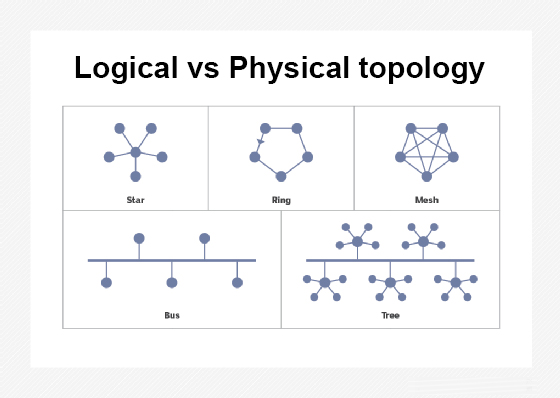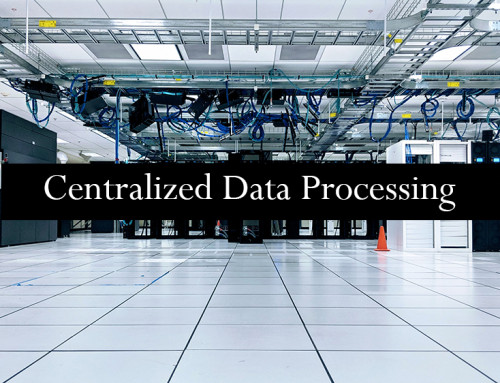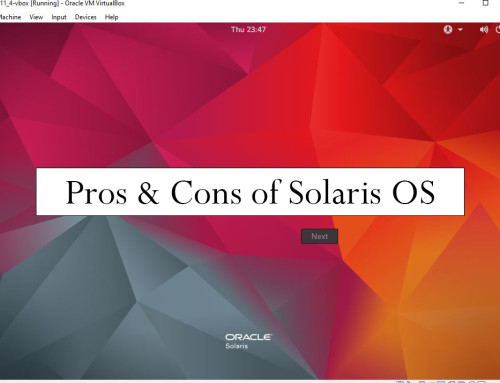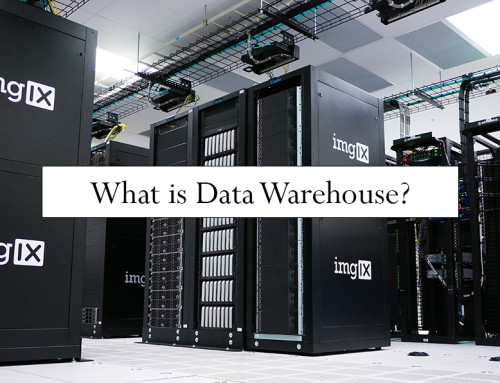What is logical topology
Logical topology is a type of topology which describes how data is transferred between network devices. The network devices are a computer, switch and hub. Also, this topology explains what is data transfer speed and which device is transferring data in the network.
Logical topology gives a broad overview of the network i.e. which device is transferring data and to which device data is received. If there are 10 nodes from which data is travelling so logical topology only shows you two nodes i.e. one node transferring data and one node receiving data. It does not show all the nodes. The purpose is to explain that the data is transferring from this location to other.

Types of logical topology
Some types of logical topology are:-
Logical ring topology:
In this topology, only one node can transfer data at a time. The node which has a token can only send data in the network. The token is moved to all the nodes in the network.
Logical star topology:
In this topology, there is a central device (hub or switch) which is connected to all the nodes making it a star shape. The data is transferred in this network by using logical bus topology.
Example of logical topology
Take an example of a map in which a broad overview of locations is shown but details of all the houses are not shown. So logical topology shows how data is transferred in the network but the inner details of all the nodes are not shown.
What is physical topology
In physical topology, the details of nodes and network devices are presented. It tells how devices are physically connected. Suppose there are 10 nodes by which data is travelling then physical topology shows you all the 10 nodes i.e. all the details of network devices are shown.
Types of physical topology
Some types of physical topology are:-
Tree topology:
In this topology, both bus and star topology are combined. The main nodes are connected to a central cable making it a bus topology and other nodes are connected to the main nodes in a star shape.
Linear bus topology:
In this topology data is transferred through all the nodes via a single cable. All the nodes are connected to a single cable. Every node can transfer data to other nodes through the central backbone cable.
Star topology:
In star topology, all the nodes are connected to a single central device. The central device can be either of hub, switch or server computer. If any node wants to send data to another node then first data is transferred to the central hub then the central hub transfers the data to the destination node.
Example of physical topology
If you draw a diagram to show how all the nodes are connected so that it shows the actual network then this is an example of physical topology.
Logical topology vs physical topology
| Logical Topology | Physical Topology |
|---|---|
| The layout cannot be changed | The layout can be changed |
| It represents a high level of data flow | It gives actual transmission of route |
| It is concerned with the transmission of data | It is concerned with the physical layout of the network |
| Data speed and delivery of data packets are included in this topology | Cost, bandwidth and scalability are included in this topology |
| Types of logical topology are mesh, ring, star and bus topologies | Types of physical topology are ring and bus topologies |
| It shows the physical layout of devices in the network | It shows the data flow between network devices in the network |




